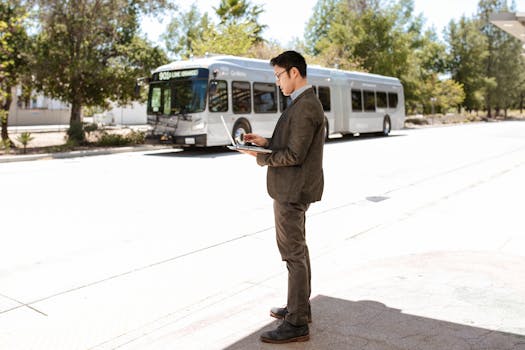
Traveling Through Time: How Europe’s Historical Heritage Shapes Modern Lifestyles in 2025 – WordPress
Traveling Through Time: How Europe’s Historical Heritage Shapes Modern Lifestyles in 2025. Europe, a continent steeped in history and tradition, has long been a hub of cultural, architectural, and technological innovation. As we journey through the ages, it becomes clear that the region’s historical heritage continues to play a profound role in shaping modern lifestyles. From the picturesque streets of Italy to the futuristic cities of Scandinavia, Europe’s past is inextricably linked to its present and future.
Introduction to Europe’s Historical Heritage
Europe’s historical heritage is a rich tapestry of cultures, empires, and events that have shaped the continent over thousands of years. From the ancient civilizations of Greece and Rome to the medieval kingdoms of England and France, each era has left an indelible mark on the region’s architecture, art, literature, and traditions. As we explore the modern lifestyles of Europe in 2025, it is essential to understand the historical context that has led to the present day.
The Impact of Historical Heritage on Modern Lifestyles
So, how does Europe’s historical heritage shape modern lifestyles? The answer lies in the way that historical events, cultural traditions, and architectural innovations have influenced the daily lives of Europeans. For example, the Renaissance, which swept through Europe in the 14th to 17th centuries, had a profound impact on art, literature, and science. The era’s emphasis on humanism, individualism, and intellectual curiosity continues to shape modern European culture, from the emphasis on education and critical thinking to the celebration of artistic and scientific achievements.
Architectural Heritage and Urban Planning
Europe’s historical heritage is also reflected in its stunning architecture, which continues to inspire modern urban planning and design. The grandeur of Gothic cathedrals, the elegance of Baroque palaces, and the functionality of modernist buildings all contribute to the unique character of European cities. As we look to the future, it is clear that the region’s architectural heritage will continue to play a vital role in shaping modern lifestyles, from the adaptive reuse of historic buildings to the incorporation of sustainable and eco-friendly design principles.
Cultural Heritage and Tradition
Europe’s cultural heritage is a vibrant and diverse tapestry of traditions, customs, and beliefs that continue to influence modern lifestyles. From the colorful festivals of Spain and Italy to the vibrant arts scenes of Berlin and Paris, the region’s cultural events and celebrations are an integral part of modern European life. As we travel through time, it becomes clear that the historical heritage of Europe has created a unique cultural landscape that is both rooted in tradition and open to innovation and experimentation.
Technological Innovation and Historical Heritage
Finally, Europe’s historical heritage has also played a significant role in shaping the region’s technological innovation and advancements. From the pioneering work of medieval inventors and engineers to the cutting-edge research and development of modern European universities and startups, the continent’s historical heritage has created a culture of innovation and experimentation that continues to drive technological progress. As we look to the future, it is clear that the intersection of historical heritage and technological innovation will remain a key factor in shaping modern lifestyles in Europe.
Conclusion
In conclusion, Europe’s historical heritage continues to play a profound role in shaping modern lifestyles in 2025. From architecture and culture to technology and innovation, the region’s rich history has created a unique cultural landscape that is both rooted in tradition and open to change and experimentation. As we travel through time, it is essential to understand and appreciate the historical context that has led to the present day, and to recognize the significant impact that Europe’s historical heritage will continue to have on modern lifestyles in the years to come.


